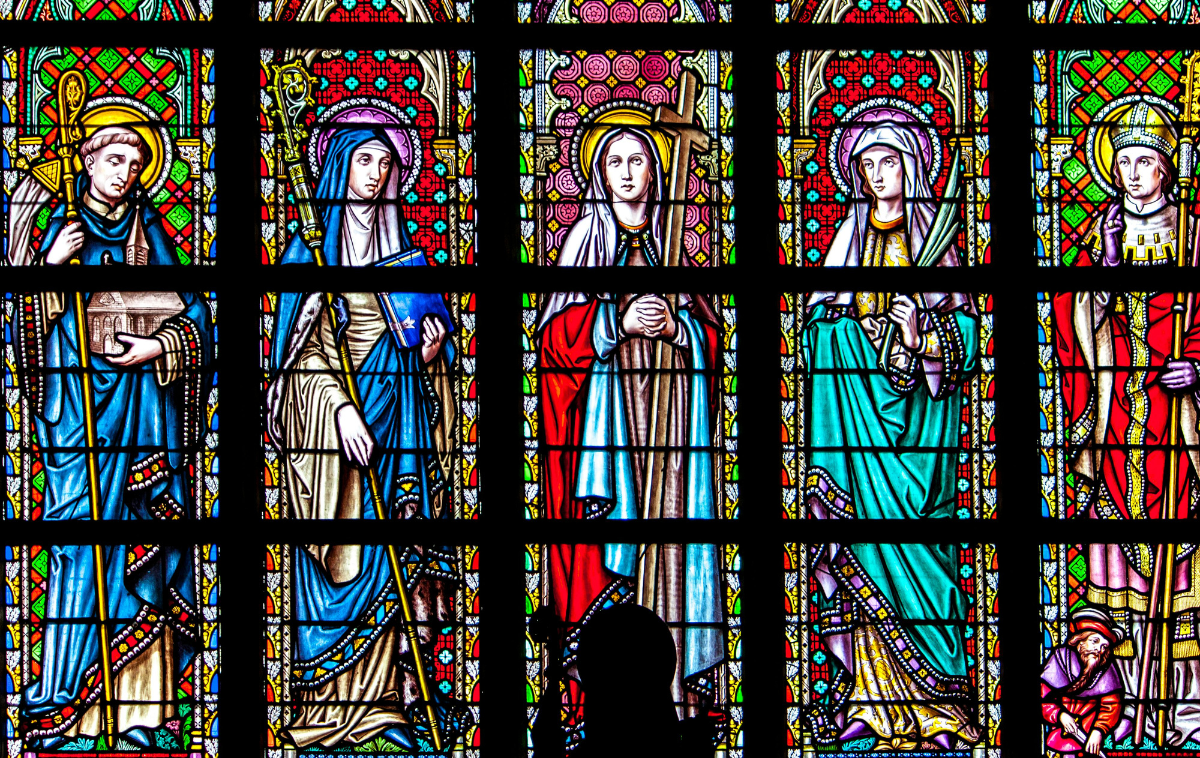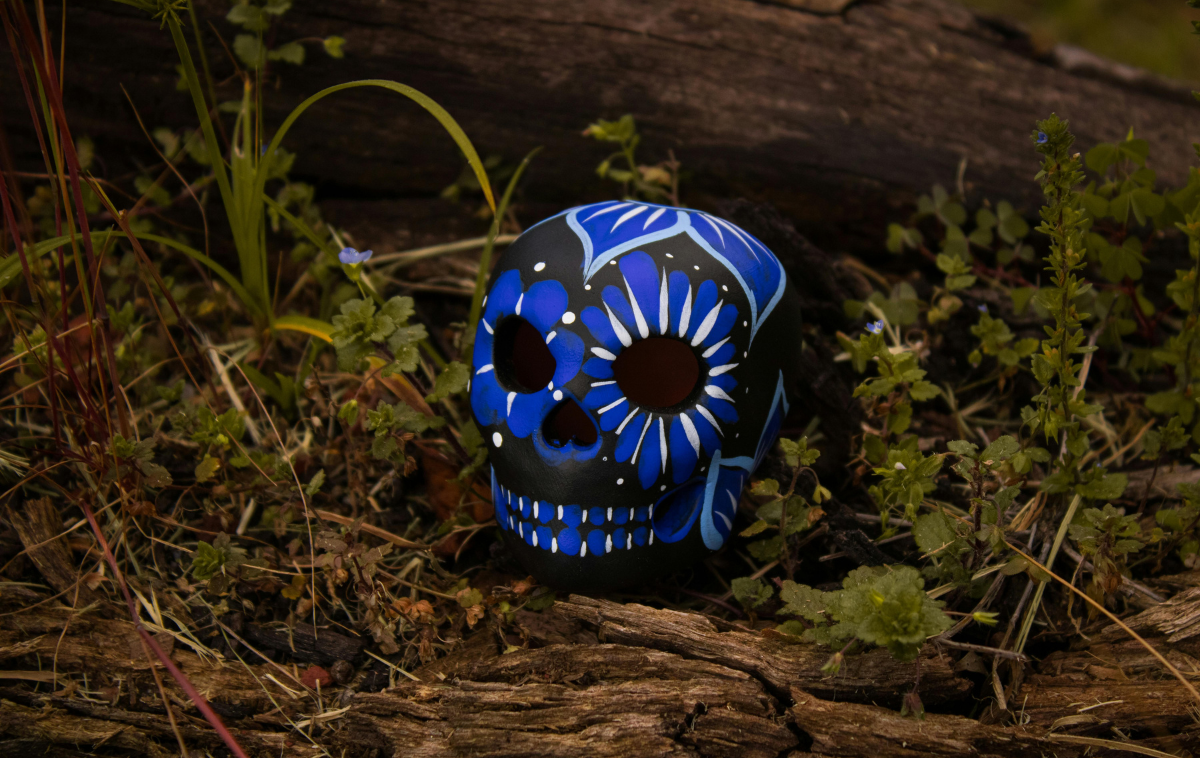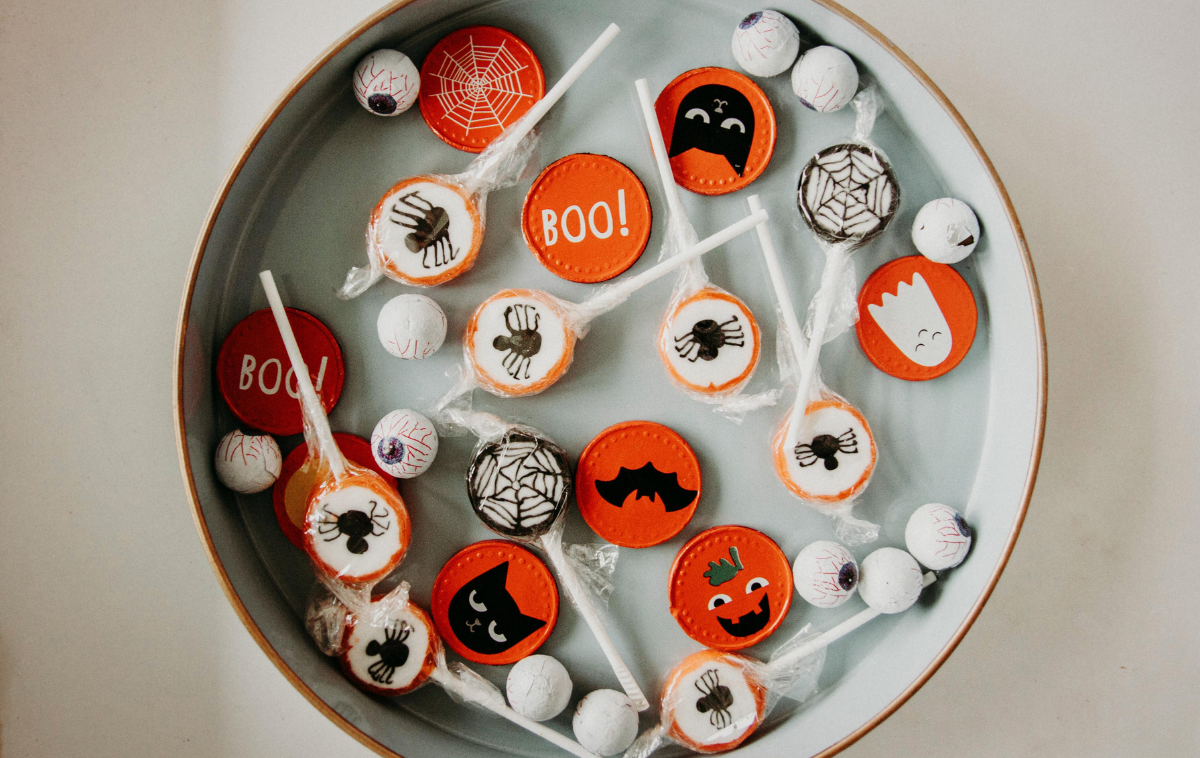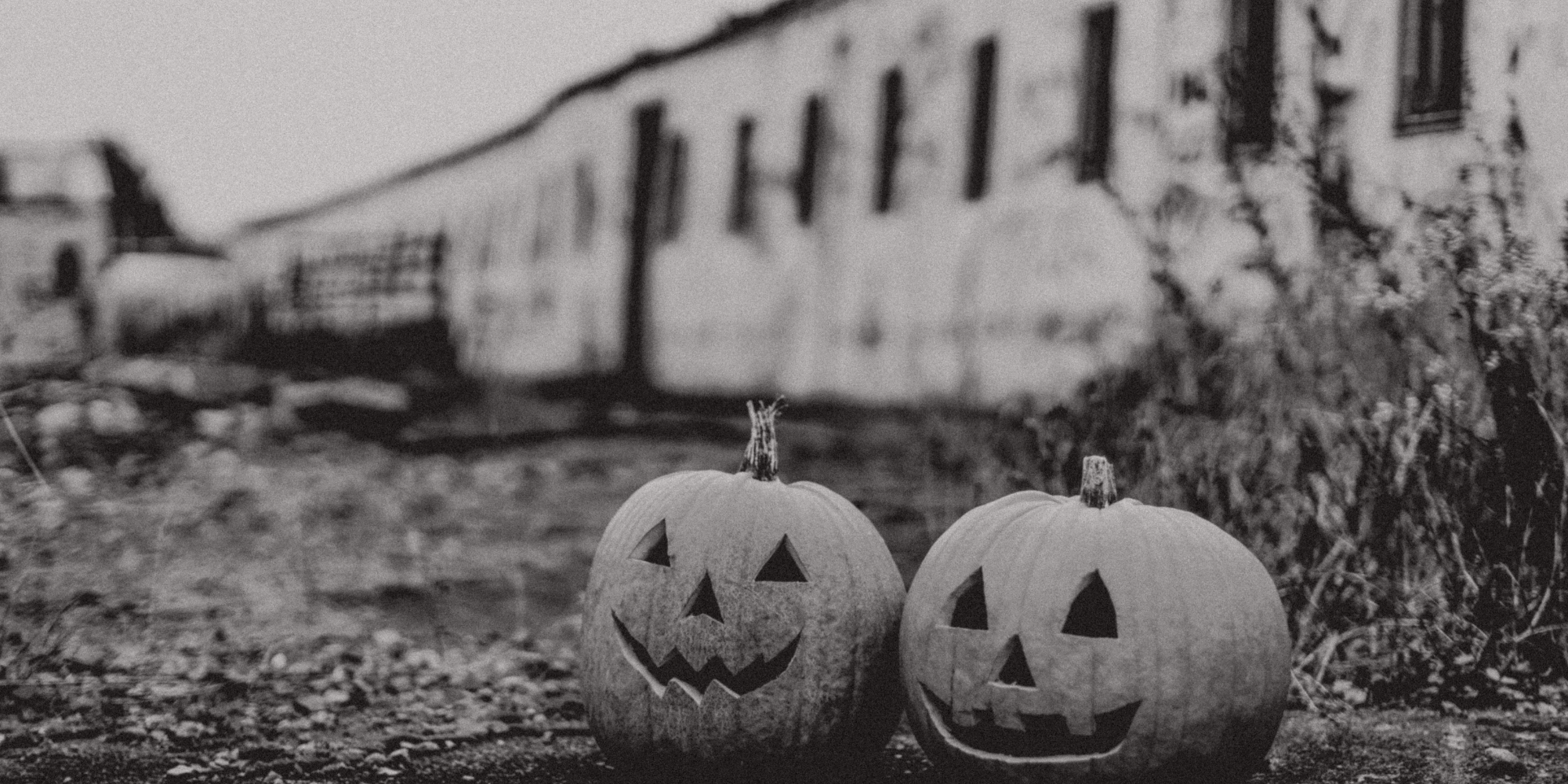What is All Hallow's Eve? A Catholic perspective on Halloween
Date Published: October 31, 2024
By Eli Pacheco
Halloween is known for spooky decorations, candy, costumes, and the occasional trick-or-treat. But did you know that Halloween has religious origins?
Often traced to Celtic festival roots, Halloween carries a significant Catholic ancestry from All Hallow’s Eve, the vigil before All Saints' Day. This post will examine how All Hallow’s Eve and Halloween have evolved and endured over the centuries.

Nov. 2 is All Saints' Day. (Photo courtesy of Paolo T.)
What does All Hallow’s Eve mean?
All Hallow’s Eve is the vigil of All Saints' Day, Nov. 1, when we remember the saints that came before us. All Saints' Day is followed by All Souls’ Day, on Nov. 2, when the Church prays for all our faithful departed.
The name All Hallow’s Eve derives from the Old English word "hallows,” meaning holy or sanctified. Halloween is a contraction of “hallows” and “e’en,” a truncation of the word evening, referring to the vigil before All Saints' Day.
On All Hallow’s Eve, we begin a period of reflection on life, death and resurrection, and a month of special prayers for the dead.

Modern Halloween traditions come from many sources. (Photo courtesy of Marcos Ramos)
All Hallow’s Eve origin
Since the beginnings of Christianity, Catholics have honored and commemorated deceased holy women and men. Early Christians looked to martyrs and saints, people who gave their lives entirely to Christ, for guidance and inspiration.
On May 13, 732, Pope Gregory III dedicated a chapel in St. Peter’s Basilica in Rome to all the saints and martyrs, beginning what would become an annual celebration of the feast of All Saints throughout the Church.
Eight centuries later, Pope Gregory IV moved All Saints' Day from May 13 to Nov. 1 out of concern for the pilgrims who packed Rome during the hot weather for the feast day celebrations. The Church began celebrating All Hallow’s Eve on Oct. 31.
For the ancient Celts, Oct. 31 was the feast of Samhain, which recognized harvest season’s end and the beginning of the cold, harsh winter. The Celts believed ghosts of the dead returned to earth on Oct. 31, the night before their new year began, a time when realms of the dead and living could converge.
Many modern-day Halloween traditions derive from a blend of All Hallow’s Eve, All Saints and Samhain celebrations.

Sweet treats have become a Halloween staple. (Photo courtesy of Kristina Paukshtite)
Halloween and the Catholic Church
How should Catholics celebrate Halloween? Bishop David Konderla of Tulsa, Oklahoma, issued a Memorandum on the Celebration of Halloween in 2018, to encourage Catholics to find balance.
He maintains that a Catholic spirit can be brought to Halloween festivities, including costumes. By dressing up as the saints, he writes, “we imagine ourselves following their example of Christian discipleship. This practice allows the lay faithful in festive celebration to become ‘living icons’ of the saints, who are themselves ‘icons’ or ‘windows’ offering real-life examples of the imitation of Christ.”
He warns against elements of secular Halloween that are “contrary to our Catholic faith,” such as celebrating anything involving superstition, witchcraft, magic and the occult.
A Franciscan Media article from 2021 provided this take on Halloween:
“While this autumn feast can be used for evil purposes, our culture celebrates it as an innocent night of begging and fun. We who believe in the light of the world can use it to celebrate the light.
“Hallow means holy, and the word Halloween refers to the night before the feast of All Saints' Day. Emphasize all things good, joyful and pure. Let your children know that they are children of the light called to walk in the light.”
Br. Roger Lopez, OFM, is a former teacher who serves out of Old Mission San Luis Rey in Oceanside, California. In a Franciscan Media YouTube video titled “Christian Halloween,” published in 2020, he took a light approach to the holiday.
“Start with dressing up, getting together with friends,” Br. Roger said in the video. “Have a party ... part of Christian life is about laughter. It is about joy. We can do this in fraternity when we go out to trick-or-treat and get together for parties.
“May this joy and excitement we celebrate for Halloween help us and fuel us to live this Christian life, not only that day but the rest of our lives.”

